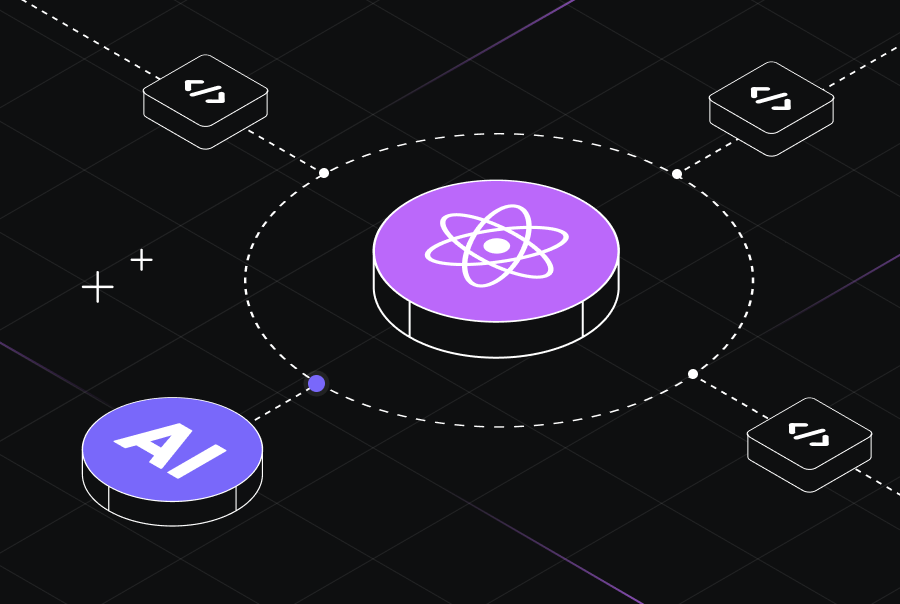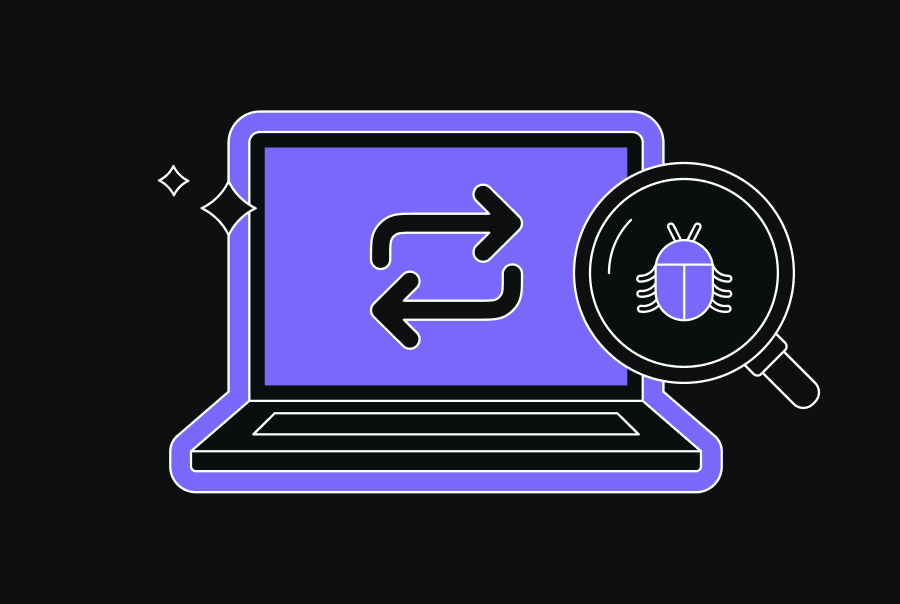How AI Code Reviews Ensure Compliance and Enforce Coding Standards
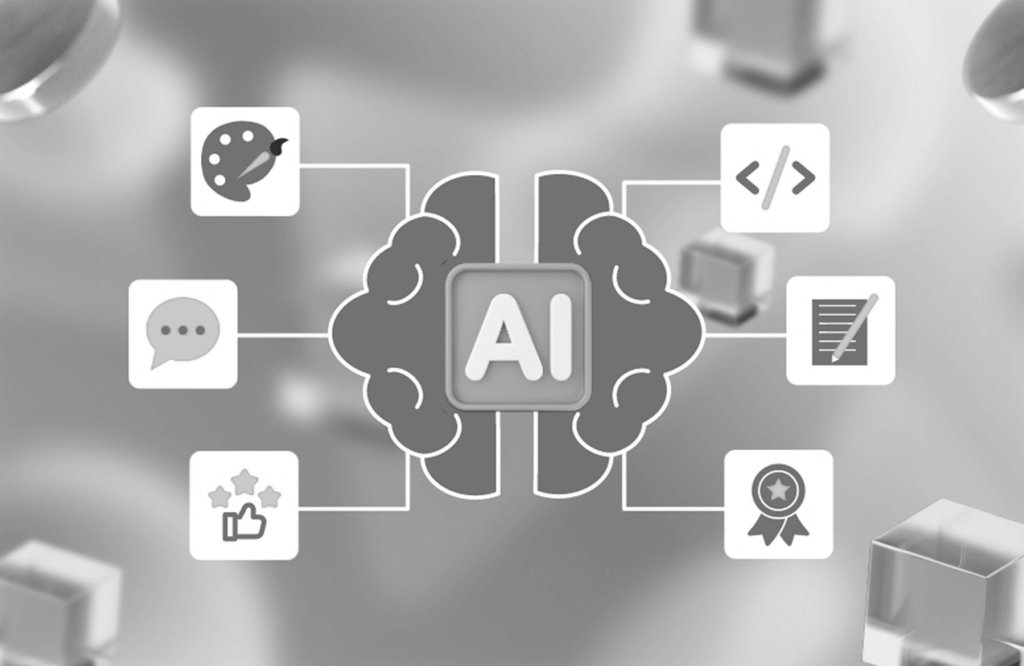

When discussing code reviews, two key considerations often come to mind: compliance and coding standards. While traditional code review methods have been relied upon for years, AI-powered code reviews are now more popular than ever. However, a crucial question arises within software development teams: do these tools ensure compliance and uphold coding standards? Without such assurances, the fundamental purpose of code reviews might be overlooked, potentially leading to serious consequences in the future. In this blog post, we will explore this issue and its implications.
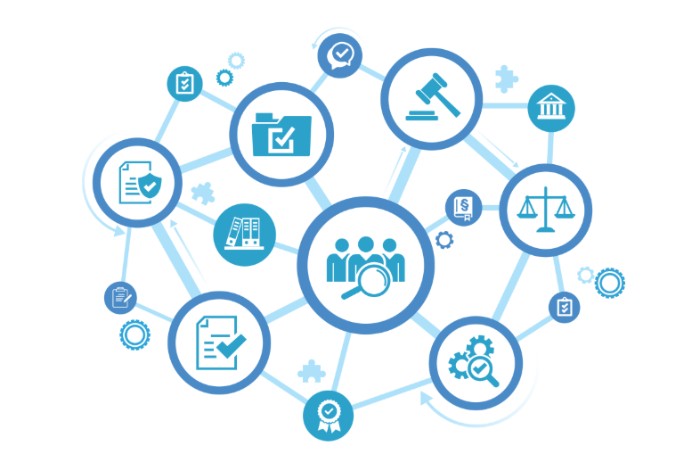
The Importance of Coding Standards and Compliance
Compliance in software development is crucial as it ensures adherence to legal, regulatory, and security standards, builds trust with users and guarantees broad acceptance and functionality. Failing to comply with these standards can lead to legal issues, fines, user dissatisfaction, and missed global market opportunities. Additionally, enforcing coding standards promotes consistency, maintainability, and readability in software projects, ensuring long-term success. Key aspects include:
- Legal and Regulatory Compliance: Ensuring adherence to laws such as GDPR and HIPAA is critical; non-compliance can result in penalties and legal action. Developers must stay updated on evolving regulations to maintain legal safety.
- Security Standards: Security standards protect software from cyber threats, ensuring robust defenses against breaches. Adhering to these standards builds trust with users and safeguards sensitive data. Regular security audits and updates are essential to combat emerging threats.
- Quality Assurance (QA) Standards: QA standards guarantee that software meets performance and reliability expectations. Following these standards minimizes system failures and enhances user experience. Automated testing plays a key role in maintaining high-quality code throughout the development cycle.
- Risk Mitigation: Compliance frameworks help identify and reduce risks in software development. By following best practices, developers can prevent security breaches and financial losses. Proactively addressing risks ensures that software remains secure and reliable.
- Enforcing Coding Standards: Coding standards ensure code consistency and readability, reducing errors and enhancing team collaboration. Standardized practices, such as adhering to style guides and using code reviews, improve the overall quality and maintainability of the software.
These elements collectively ensure that software development processes remain compliant, secure, and aligned with industry best practices, paving the way for success in the global market.
Traditional Approaches to Code Reviews
Code reviews are essential in software development, where developers check each other’s code for errors and compliance with standards before it goes live. However, traditional methods, such as manual and peer reviews, have several challenges. Manual review involves developers going through code line by line, which is thorough but time-consuming and prone to human error. Peer review, on the other hand, encourages collaboration but can be inconsistent, as different reviewers may have varying opinions, and personal bias or fatigue can affect objectivity.
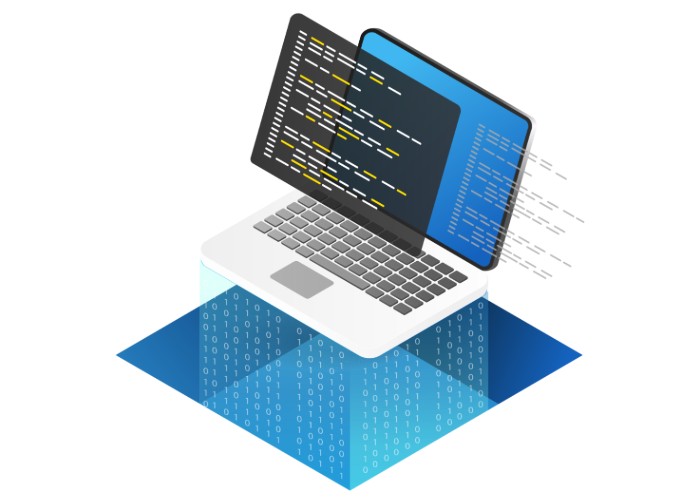
In summary, while traditional code reviews are necessary, they are often slow, error-prone, and inefficient in today’s fast-paced development environment.
The Role of AI in Modern Code Reviews
Traditional static code analyzers focus on predefined rules and patterns, which sometimes miss context-specific issues. AI-based code review tools elevate this process by using large language models to understand code in its broader context. They adapt over time, learn from previous reviews, and provide insights that go beyond surface-level issues.
Here’s how AI code reviews ensure compliance and enforce coding standards:
- Automating repetitive tasks: AI tools automate tasks like detecting common bugs, identifying code smells, and ensuring adherence to specific coding guidelines.
- Detecting security vulnerabilities: AI systems analyze code for potential security risks, such as SQL injection or buffer overflow vulnerabilities.
- Providing contextual feedback: Unlike traditional tools, AI reviews offer suggestions based on the overall architecture and intent of the application.
- Adapting to evolving standards: AI-driven tools stay up-to-date with changing industry standards and best practices, ensuring long-term compliance.
Features of AI-Powered Code Review Tools
Modern AI-powered code review tools, such as Qodo Merge, GitHub Copilot, and CodeRabit, enhance the development process with these capabilities:
- Automated PR descriptions: AI generates detailed pull request summaries, highlighting key changes and compliance impacts.
- Advanced vulnerability detection: Identifies both known vulnerabilities and subtle risks overlooked by traditional tools.
- Seamless workflow integration: Integrates with CI/CD pipelines, GitHub, and DevOps environments for real-time assessments.
- Tailored feedback on standards: Provides actionable insights specific to coding standards and development guidelines.
Benefits of AI-Powered Code Review Tools
Adopting these tools offers significant advantages:
- Improved efficiency: Automates routine tasks, freeing developers to focus on complex problems.
- Enhanced accuracy: Minimizes human error and ensures consistent coding standards.
- Scalability: Efficiently handles codebases of all sizes.
- Continuous improvement: Learns from feedback, refining its recommendations over time.
Let’s now move on to understanding how AI code reviews ensure compliance and enforce coding standards by looking at an AI-powered tool, Qodo Gen (formerly CodiumAI).
Exploring Qodo Gen
Qodo Gen is an AI-powered tool designed to assist developers in writing, improving, and understanding code more effectively. By analyzing the structure, logic, and context of your code, it offers valuable insights and streamlines the development process.
Key Features
Qodo Gen integrates seamlessly with IDEs like Visual Studio Code and JetBrains, offering advanced AI-powered capabilities that enhance code quality, simplify development, and support compliance. Its main features include:
- Code understanding and analysis: Provides insights into your code’s structure, logic, and context, simplifying debugging and collaboration across teams.
- Code quality enhancement: Identifies areas for improvement, making your code cleaner, more efficient, and easier to maintain.
- Bug detection: Detects potential issues early, ensuring a more robust and reliable codebase.
- Pull request optimization: Automates PR summaries, streamlining the review process with detailed insights and a chat-enabled interface for feedback.
- Test and docstring generation: Automatically generates meaningful test cases and comprehensive docstrings, improving documentation and code reliability.
- Behavior coverage analysis: Categorizes code behavior into expected paths, edge cases, and other scenarios, offering targeted test generation for better software quality.
Getting started is simple-just click the Qodo Gen logo in your Extensions bar to unlock its capabilities.
One of the prominent features of Qodo is its AI code tester capability, which is important for maintaining coding standards. Qodo Gen simplifies the creation of precise and comprehensive test cases for any programming language. As an AI code tester, it automates test generation with high precision, enhancing productivity and improving code quality. These tests help identify potential issues early, ensuring reliable performance and robust software development.
Tools in the Qodo Ecosystem
Let’s explore some tools in the Qodo ecosystem:
- Qodo Merge: An open-source tool for automated pull request analysis.
- IDE Extensions: Advanced tools for Visual Studio Code and JetBrains, enhancing code analysis and compliance efforts.
Qodo: AI-Powered Code Reviews for SOC 2 Compliance
In modern software development, various AI tools are available to streamline processes. Qodo offers AI-powered code review tools designed to efficiently address compliance and coding standards.
Meeting SOC 2 Change Management Requirements
Qodo excels in automating compliance with SOC 2 (Service Organization Control 2) Change Management (CC8.1) criteria by:
- Authorization and documentation: Automating PR descriptions and changelogs while documenting system changes for maintenance.
- Testing and compliance: Generating test code and documentation throughout development to ensure changes meet organizational goals.
- Security and confidentiality: Detecting sensitive data exposure risks and reinforcing data protection measures.
Unique Compliance Capabilities
Qodo empowers developers to navigate compliance landscapes efficiently by automating critical processes like documentation, testing, and secure code reviews. It ensures adherence to SOC 2 criteria while maintaining high coding standards.
The Future of Code Reviews
As software development becomes more complex, the need for intelligent and adaptive tools grows. Traditional manual code reviews, while essential, can be time-consuming and prone to human error. The rise of AI-powered code review tools marks a significant shift in how developers approach compliance and coding standards. These tools, like Qodo, not only simplify workflows but also help ensure that the code is robust, secure, and aligned with best practices. By automating tasks such as test generation, bug detection, and compliance checks, AI tools can significantly improve the efficiency and accuracy of code reviews.
By embracing innovations like AI-based code reviews, teams can stay ahead in the competitive world of software development. Tools like Qodo allow developers to focus on more critical aspects of their projects, knowing that their code is being reviewed automatically for quality, security, and compliance. This enables teams to deliver high-quality software that meets the demands of both users and regulatory bodies, ensuring they stay compliant while maintaining a high standard of code.

